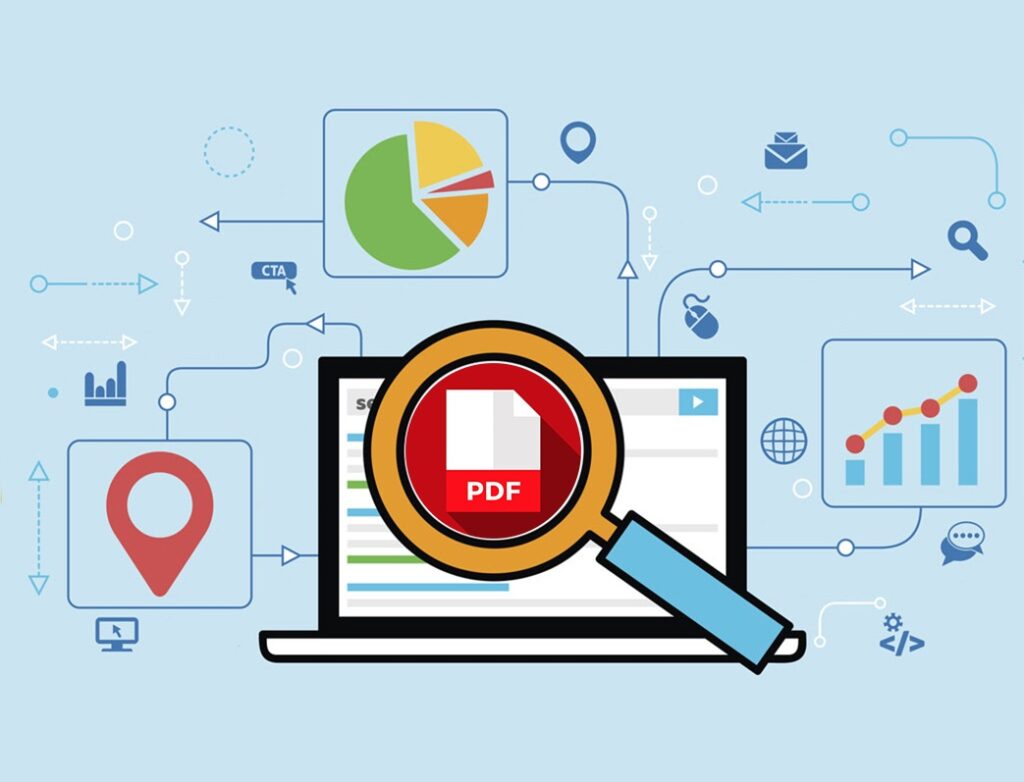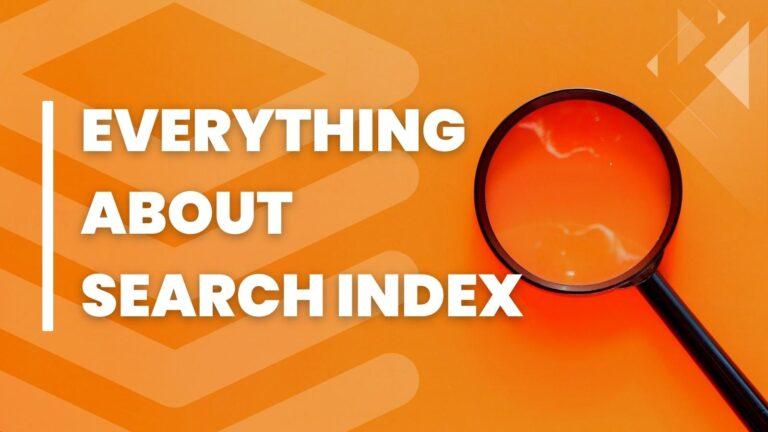E-commerce business’ site search can impact user experience and sales growth. Fine-tuning site search requires you to implement the right technologies. A search index is one such technology you should use. This short guide will help you understand what it is and how to best use it for on-site search success.
What is a search index?
No one wants to spend minutes waiting for search results. Google’s studies show that even a fraction of a second delay could lead to people searching less. The fewer visitors search on your site, the fewer opportunities you have to sell as an e-commerce business.

A search index is a technology that helps speed up the process. The technology gives instant search results, leaving your customers satisfied. They can trust they find what they are looking for when using your on-site search.
Structured data is a good term to define a search index. When a visitor makes a request, your on-site search accesses the search index to find the results the visitor is after. You could think of it as similar to a book index. Scientific books often have an index at the back listing all the important terms and the pages mentioning these terms. The terms are in alphabetic order so you can quickly find what you’re looking for.
A search index does the same on a website. Your e-commerce site should have a database with relevant details of everything on your site. When a visitor searches for a keyword, the site search will reference the search index to pull in the relevant information fast.
For most e-commerce on-site search engines, the first indexing means listing the key terms across:
- Your products
- Your collections
- Your web pages
- Your blog posts, images and videos
The information will be exported and structured as a single database. The data is typically stored on the search provider’s end to reduce your server load. The on-site search engine will then keep referring to the search index when queries happen. If you make changes to the catalog, they are automatically updated and indexed through the application.
3 benefits of a search index
Slow on-site search can lead to visitors leaving your site. If you lose a visitor this way, they’re unlikely to come back. You want the e-commerce experience to be smooth and fast. Customers are quick to move on if they can’t find what they want.
A search index can help improve your on-site search. Apart from the instant search results, a good search index technology can:
Improve your searchandising

Searchandising stands for merchandising in your on-site search. The powerful strategy structures and organizes search results. Searchandising can help you:
- Promote products – You should promote high-margin and best-selling products in search. It can help sell more and introduce new items in your lineup to visitors. Promoting products also works well during special seasonal events.
- Bury certain products – You don’t always want to promote products. Instead, you might have low stock in certain items and you don’t want customers to view something they can’t order at that moment. Burying them lower in results can reduce customer frustration. You might also want to decrease the visibility of seasonal items off-season.
- Prevent zero search results – Visitors could make enquiries that lead to zero results. Dead-end site search can be problematic and lead visitors to move on. Searchandising is a great way to display items even if the search doesn’t yield exact results.
In essence, a search index makes the above much smoother. As a result, you’ll improve on-site search and drive sales.
Enhance site personalization
The modern shopper is looking for a personalized experience. Visitors want to feel the e-commerce website engages them and their interests. On-site search provides you with an opportunity to enhance how personalization works on your site.
A good on-site search technology uses personalization in search indexing. The index will track visitors and the products they view. Once they get a better picture of the types of products the visitors are interested in, the search results will start reflecting this information. Search queries will showcase products that are closer to the visitor’s preference. You learn about visitor preferences, using them to provide better-quality results.
Gather more data

Finally, a search index is another form of data. The more data you have at your disposal, the better strategies you can create to drive sales. Data analytics can help you understand your customers’ behaviors better. The knowledge can help you enhance the overall user experience. The happier your customers are, the more likely they are to continue shopping with you.
Search index data analysis can identify things like the most common search inputs. You can see which products are likely to sell, as well as those searches that don’t result in sales. The information can help you improve your searchandising strategy further.
Improve e-commerce UX and boost sales

According to research, it takes less than two-tenths of a second to form a first impression of a website. E-commerce customers expect a high-quality user experience from the first moment to the last. It’s your job to ensure they get this from the moment they land on your site to the moment they make a purchase. On-site search can play a major role and to improve it, you need to focus on building a great search index.
You can enjoy the above benefits with a tool like Expertrec’s on-site search engine. The tool can help index your site, keep it updated and ensure you focus on the key searchandising elements. You can learn more about the technology on our website and contact us – we’ll be happy to help you with any queries you may have!




